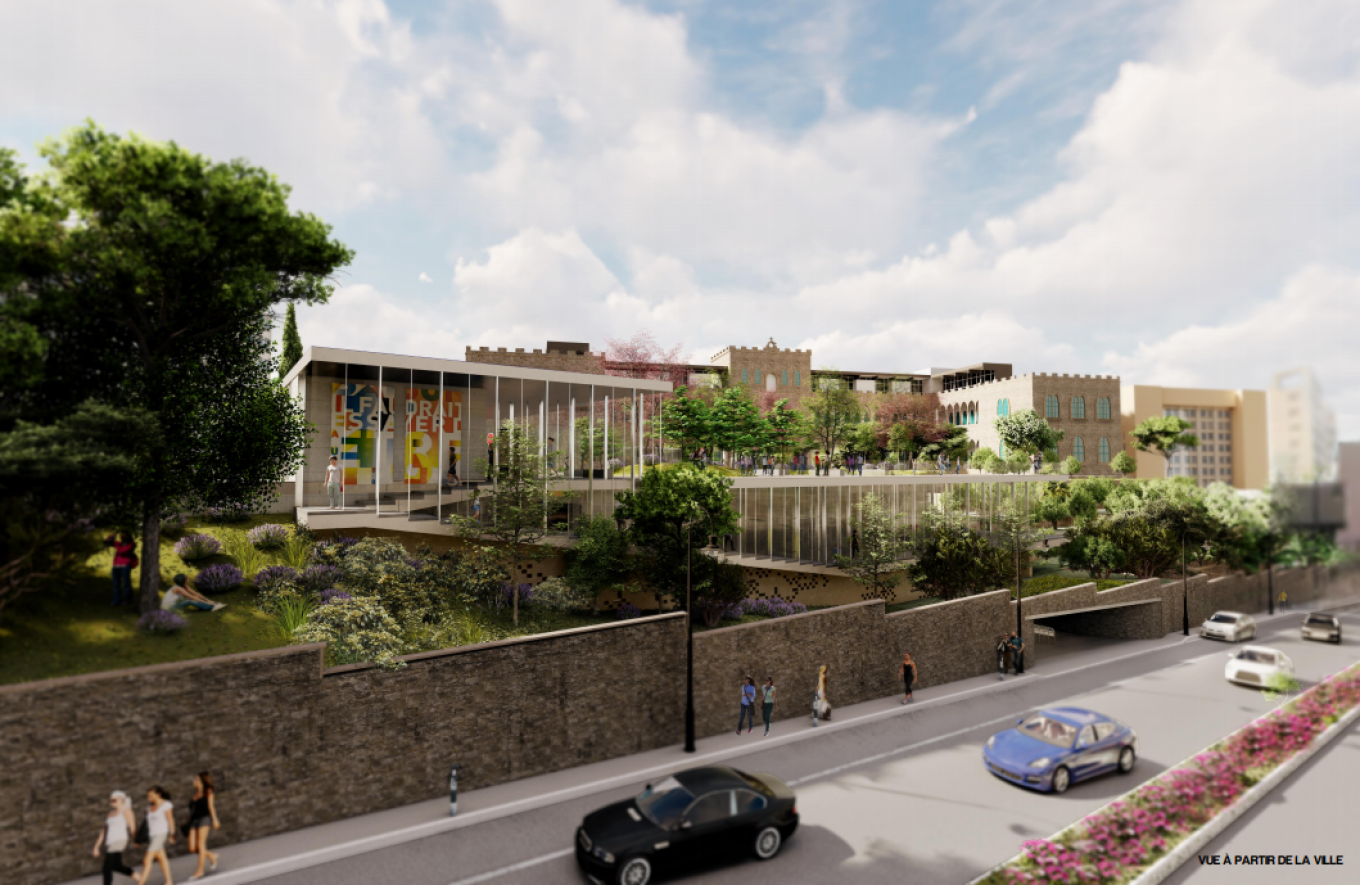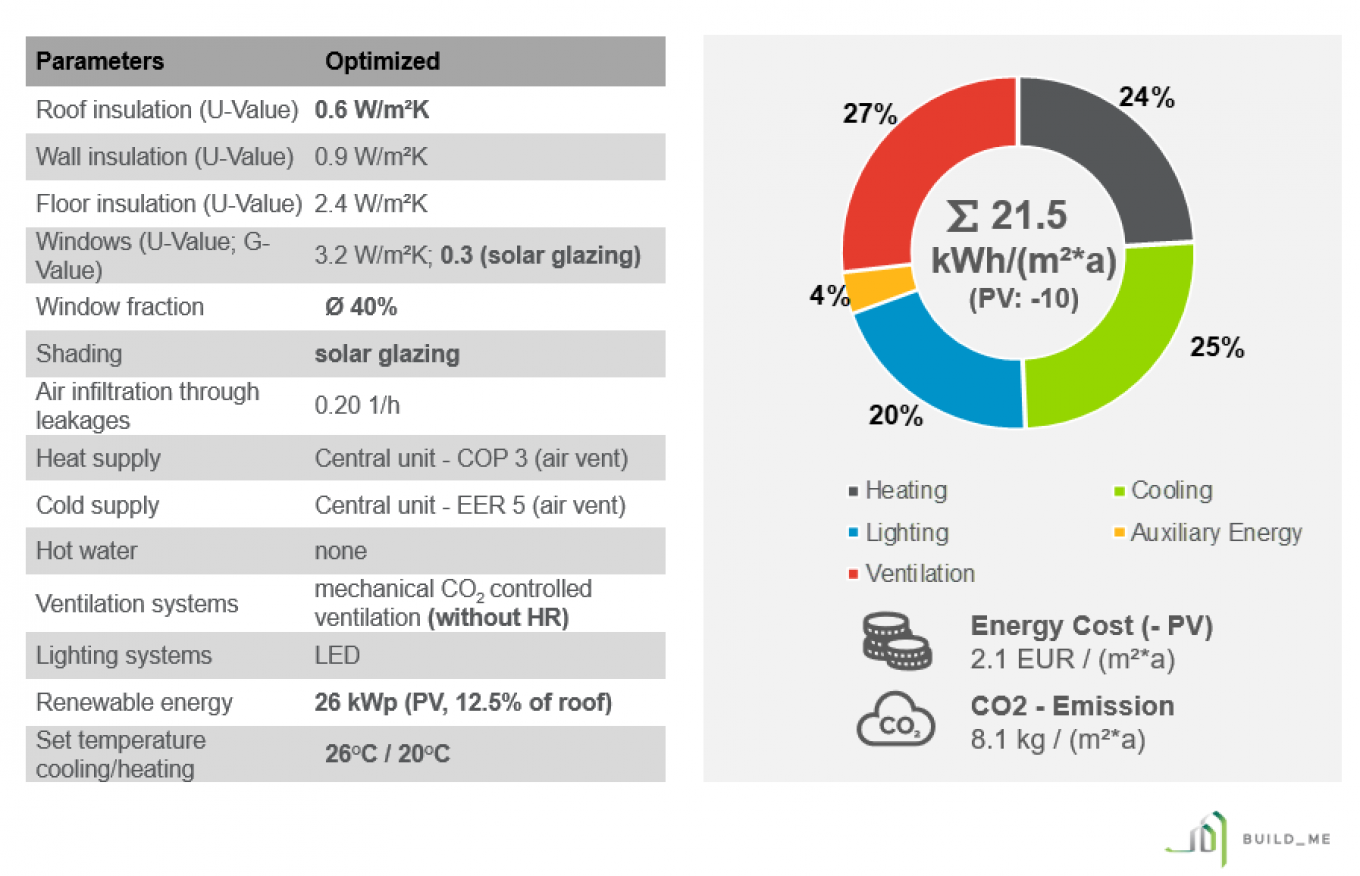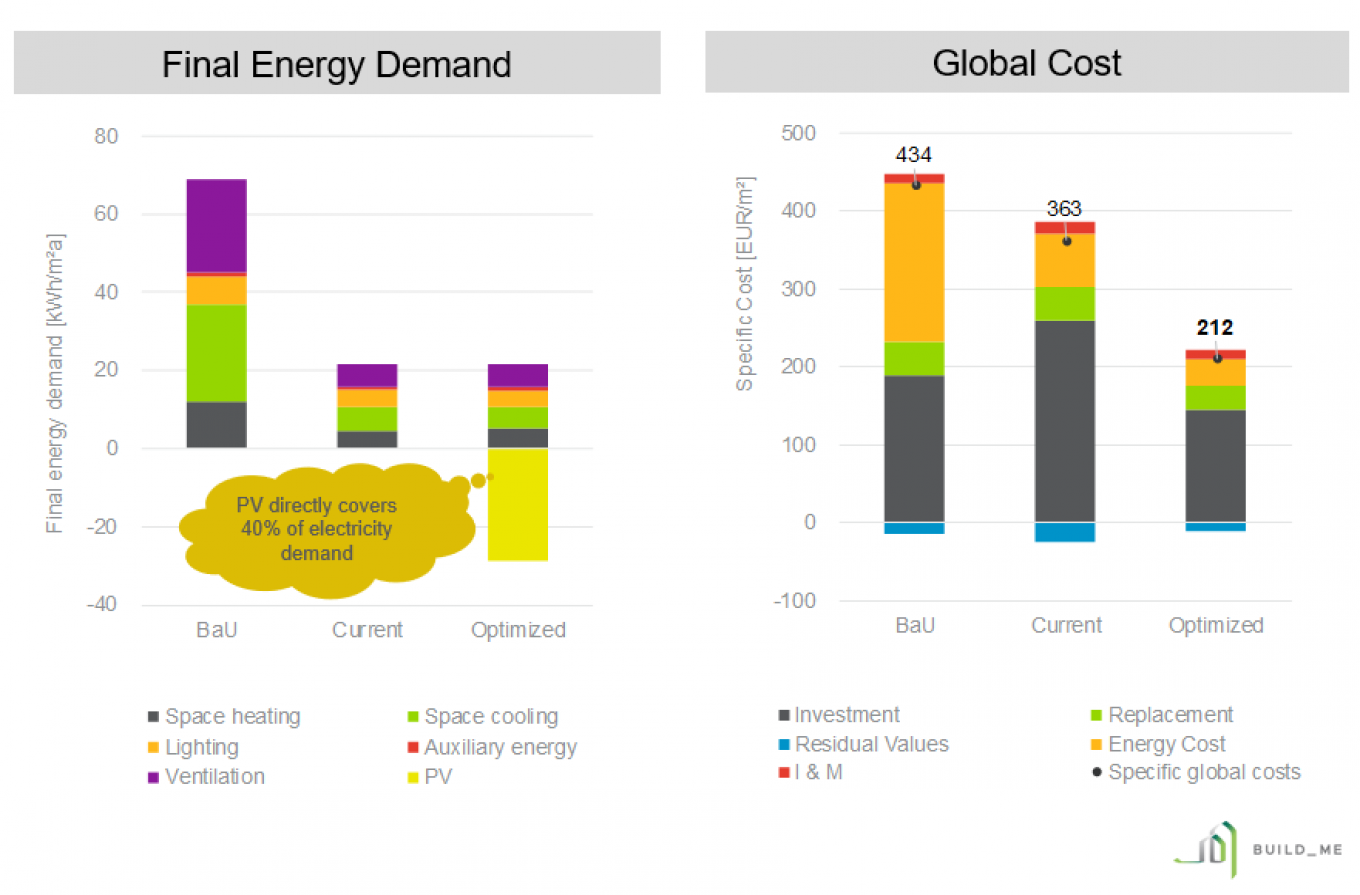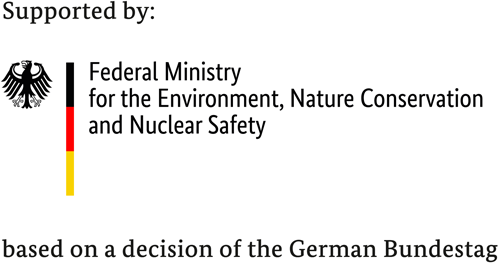Collège Notre Dame de Nazareth Extension (Lebanon)
General Information
This educational building is located in Aschrafiyya, Beirut. The project will expand over more than 11,000 square meters and will include different facilities such as a amphitheater, open plazas, and parking areas. The BUILD_ME team will work with Pierre Dammous & Partners, MEP Consultant of the project, to formulate an energy efficiency concept for the building.
The project aims to create a multipurpose hall to serve the Collège Notre Dame De Nazareth – Amphithéâtre. The project is composed of an amphitheatre, open plazas and parking areas. The project includes one building consisting of 5 floors. The total area will cover around 11,000 sqm.
Baseline vs current situation
Comparing the baseline which represents the business as usual for the specific building type in the given country with the current planning details provided by the project developer as shown in Figure 1 it can be stated that:
- The global cost of the BAU construction of such a building are around 434 Euro/m² and with that higher than the proposed design cost which are calculated as 363 Euro/m². That is equal with global cost savings of 16%.
- Furthermore, the proposed design is more energy efficient in comparison to the BAU cases (final energy savings of 68%).
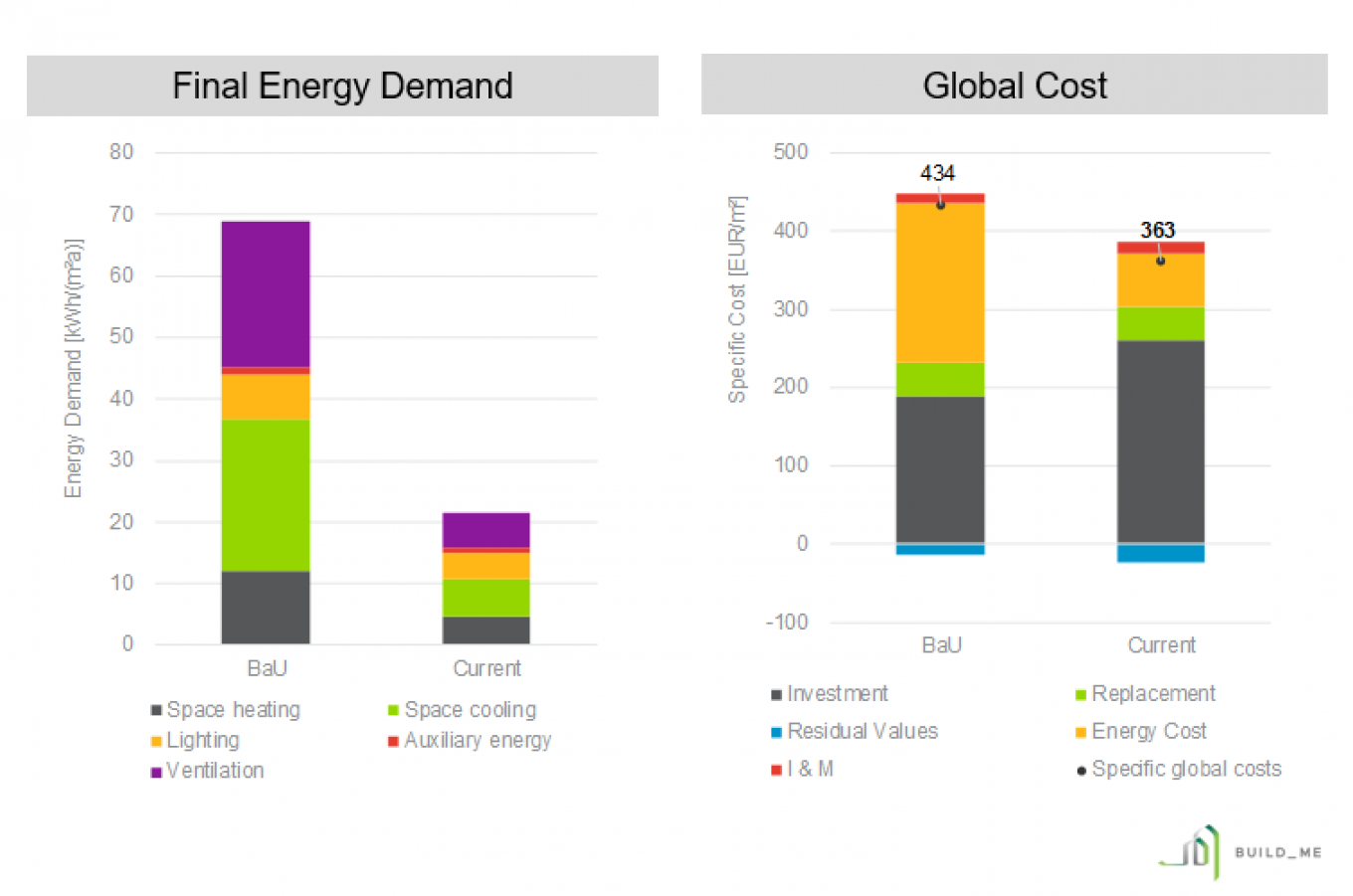
Optimized Solution
The analysis of the cost optimal energy efficiency and renewable energy measures have resulted in the following key components illustrated in the table below as shown in Figure 2. It shows that the building envelope is significantly enhanced compared to the business as usual and current plan. Special attention is given to the solar glazing, the window fraction and the use of renewable energy sources in terms of PV (for electricity). This leads to energy savings and emission reduction.
Results
The suggested measures of the optimized lead to a significant decrease in energy demand and cost savings as shown in Figure 3. The energy savings are around 70% compared with the baseline (BaU), while in terms of global costs savings reach 51% for the optimized solution.

